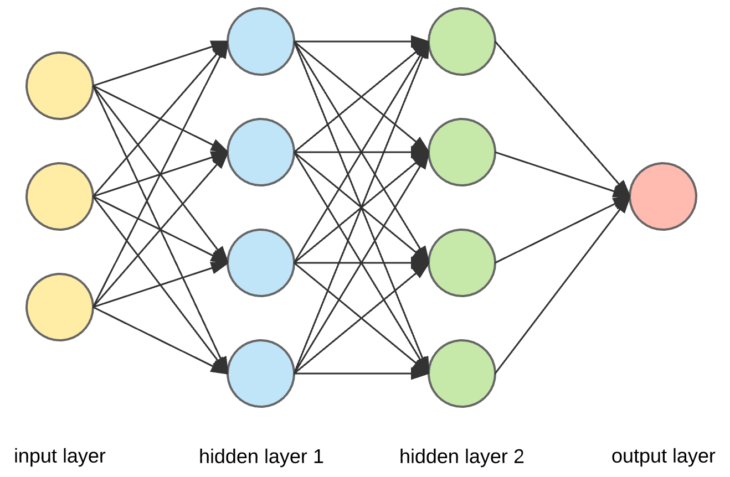4D printing is a new technology that combines 3D printing with the ability of objects to change their shape or properties over time. This is done by using materials that have the ability to self-assemble or change shape in response to environmental factors such as heat, light, or moisture. 4D printing has the potential to create a wide range of new products and applications, from self-folding furniture to drug delivery systems.
History of 4D printing
The concept of 4D printing was first proposed in 2011 by Skylar Tibbits, a professor at MIT. Tibbits was inspired by the way that living organisms are able to grow and change shape over time. He believed that it was possible to create materials with similar properties using 3D printing technology.
The first 4D printed object was created in 2012 by Tibbits and his team. The object was a small cube that was made of a material that could change shape in response to heat. When the cube was heated, it would unfold into a tetrahedron.
Since then, there has been a growing interest in 4D printing. A number of companies and research institutions have been working on developing new materials and applications for 4D printing.
How 4D printing works
4D printing is a two-step process. In the first step, a 3D printer is used to create a physical object. The object is made of a material that has the ability to self-assemble or change shape in response to environmental factors. In the second step, the object is exposed to the environmental factor that causes it to change shape.
The environmental factors that can trigger the self-assembly or shape change of a 4D printed object can include heat, light, moisture, or pH. The specific environmental factor that is used will depend on the material that is used to create the object.
Applications of 4D printing
4D printing has the potential to create a wide range of new products and applications. Some of the potential applications of 4D printing include:
- Self-folding furniture: 4D printing could be used to create furniture that can fold itself up and unfold itself. This would make it easier to store furniture and would also free up space in homes and offices.
- Drug delivery systems: 4D printing could be used to create drug delivery systems that can release drugs at specific times or in specific locations in the body. This could improve the effectiveness of drug treatment and reduce the side effects of drugs.
- Reconfigurable electronics: 4D printing could be used to create electronics that can change their shape or properties over time. This could be used to create wearable electronics that can adapt to the user’s body or to create electronics that can be reconfigured for different tasks.
- Self-healing materials: 4D printing could be used to create materials that can heal themselves after they are damaged. This could be used to create materials that are more durable and that require less maintenance.
Challenges of 4D printing
4D printing is a relatively new technology, and there are a number of challenges that need to be addressed before it can be widely adopted. Some of the challenges of 4D printing include:
- Development of new materials: The development of new materials that have the ability to self-assemble or change shape in response to environmental factors is a key challenge for 4D printing.
- Controlling the shape change: It is important to be able to control the shape change of 4D printed objects. This requires a good understanding of the properties of the materials that are used and the environmental factors that trigger the shape change.
- Scaling up 4D printing: 4D printing is currently a relatively slow and expensive process. It is important to develop ways to scale up 4D printing so that it can be used to create large objects at a lower cost.
Despite the challenges, 4D printing is a promising new technology with the potential to create a wide range of new products and applications. As the technology continues to develop, it is likely that 4D printing will become more widespread and that it will have a significant impact on a wide range of industries.









You must be logged in to post a comment.